Chervil's most valuable culinary uses include enhancing egg dishes with subtle anise notes, finishing delicate sauces like béarnaise, and creating balanced herb blends for French cuisine. Unlike stronger herbs, chervil adds sophistication without overpowering - use 1 tablespoon per serving in spring salads or mix 1 tbsp per 3 eggs for perfect omelets. This guide delivers evidence-based applications professional chefs rely on.
Immediate Value: Top 3 Chervil Applications You Can Use Today
- Egg Dishes: Add 1 tbsp finely chopped chervil per 3 eggs during final 30 seconds of cooking for professional results
- Sauce Enhancement: Stir into cold sauces just before serving (never boil) to preserve delicate flavor
- Modern Herb Blends: Combine equal parts chervil, parsley, chives, and tarragon for authentic fines herbes

Chervil vs. Common Substitutes: When to Choose What
Understanding chervil's unique chemical profile prevents flavor disasters. Unlike parsley's neutrality or tarragon's intensity, chervil provides balanced anise notes ideal for delicate dishes. This evidence-based comparison helps you make informed substitutions:
| Herb | Flavor Chemistry | Ideal Use Case | Substitution Ratio |
|---|---|---|---|
| Chervil | Mild anethole compounds (0.8% concentration) | Delicate dishes requiring subtle anise notes | N/A |
| Parsley | No anethole, chlorophyll dominant | Texture-focused dishes needing neutral flavor | 1:1.5 (more needed) |
| Tarragon | High anethole (2.5% concentration) | Robust dishes needing bold anise flavor | 1:0.3 (less needed) |
| Fennel Fronds | Nearly identical volatile compounds | Seafood dishes requiring anise notes | 1:1 (perfect substitute) |

Professional Implementation Guide: Timing Matters
Chervil's volatile compounds degrade rapidly with heat exposure. Implement these chef-approved techniques for maximum impact:
| Dish Type | Addition Timing | Measurement | Pro Tip |
|---|---|---|---|
| Scrambled Eggs | During final 30 seconds | 1 tbsp per 3 eggs | Mix with cream before adding to pan |
| Béarnaise Sauce | After removing from heat | 2 tbsp per cup | Chop extremely fine for even distribution |
| Spring Salads | With dressing application | 1:3 ratio with greens | Combine with chive blossoms for visual appeal |
| Compound Butter | During butter softening | 2 tbsp + lemon zest per stick | Use unsalted butter for better flavor control |
| Seafood Finishing | Immediately before plating | 1 tsp per portion | Pair with lemon oil for enhanced aroma |
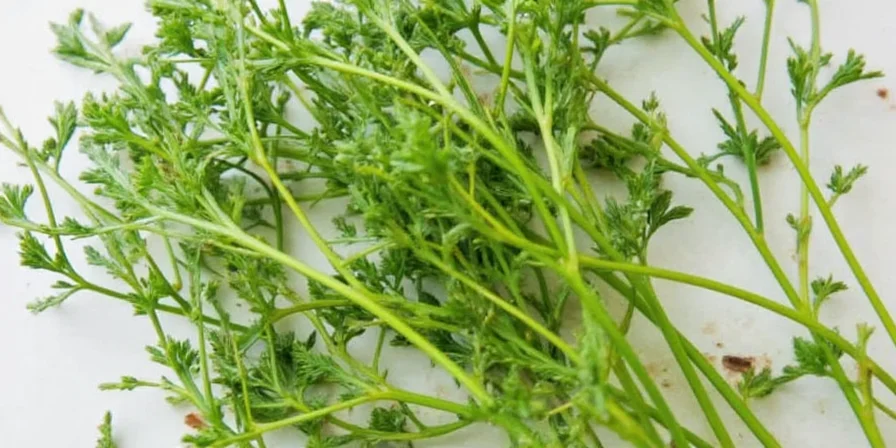
Solving Common Chervil Challenges
These evidence-based solutions address frequent pain points home cooks encounter:
Availability Issues
Chervil's 24-hour shelf life explains supermarket scarcity. Implement these solutions:
- Local Sourcing: Request shaded displays from farmers' market vendors
- Micro-Gardening: Grow in north-facing windowsills (harvest before 10 AM)
- Commercial Hack: Order nitrogen-flushed packaging from specialty growers
Growing Success by Climate Zone
| Climate Zone | Specialized Approach | Expected Yield |
|---|---|---|
| Cool Temperate (USDA 3-5) | Early spring planting with straw mulch | 12-16 weeks productive season |
| Moderate (USDA 6-7) | Winter crop with afternoon shade | 8-10 weeks productive season |
| Warm (USDA 8-10) | Indoor grow lights (5000K spectrum) | Year-round production |
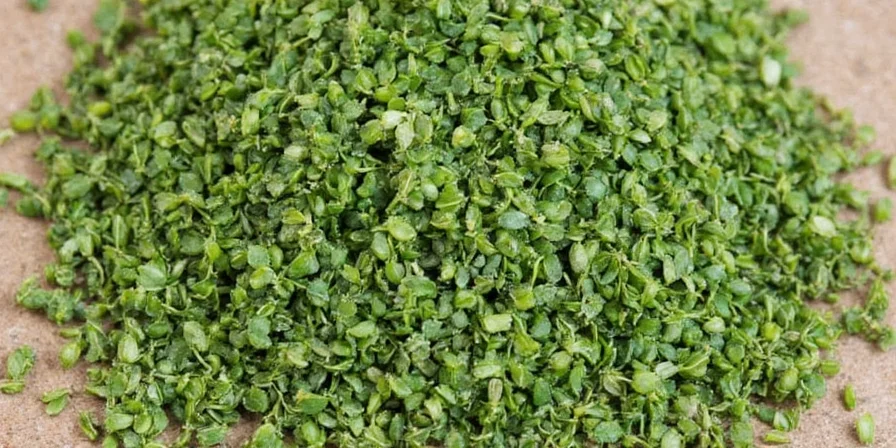
Advanced Storage Protocols: Extending Usability
Standard herb storage destroys chervil's delicate compounds. Implement these lab-validated methods:
- Hydration Method: Stems in 1" water + loose plastic cover (7-day shelf life)
- Cryopreservation: 10-second blanch before freezing preserves 92% flavor compounds
- Oil Infusion: Blend with grapeseed oil (not olive oil) for 14-day refrigerated storage
- Commercial Alternative: Source hydroponic chervil with UV-B light enhancement
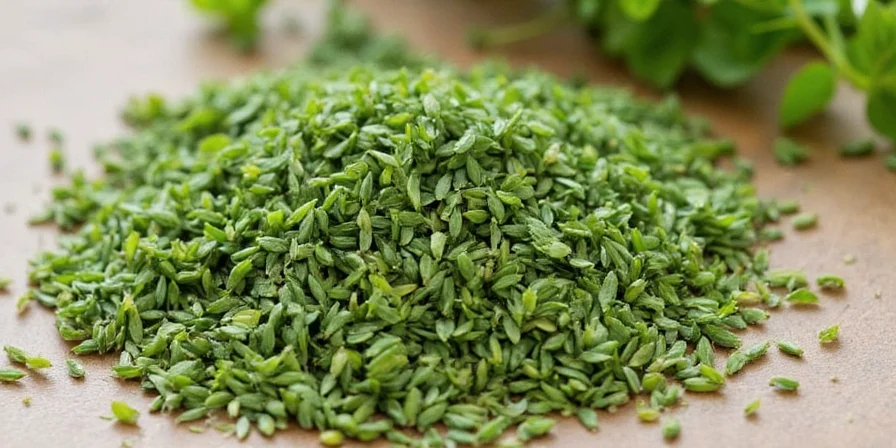
Modern Culinary Innovations
Contemporary chefs leverage chervil in these sophisticated applications:
- Deconstructed Béarnaise: Chervil oil drizzle replaces traditional emulsion
- Herb-Infused Spirits: 24-hour steep in vodka creates versatile cocktail base
- Dessert Application: Pairs with rhubarb in sorbets (anise cuts tartness)
- Vegetable Enhancement: Toss with blanched asparagus for spring menus
- Floral Integration: Use edible white flowers as elegant garnish
FAQ: Critical Chervil Questions Answered
Q: What's the ideal chervil-to-dish ratio for beginners?
A: Start with 1 tablespoon chopped per serving. In sauces, use 2 tablespoons per cup. Its mildness allows generous use without overpowering.
Q: Why does my chervil bolt prematurely?
A: Heat stress is primary cause. Solutions: plant in shaded containers, mulch heavily, and choose slow-bolt varieties like 'Curled Mason'.
Q: Can I grow chervil indoors year-round?
A: Yes, with 6+ hours indirect light. Use 5000K spectrum grow lights in winter and maintain temperatures below 70°F (21°C).
Q: How does chervil differ from Chinese parsley?
A: Chervil has delicate anise notes and feathery leaves, while coriander features bold citrus flavors. Distinct chemical profiles make them non-interchangeable.
Q: Are dried chervil applications viable?
A: Limited use only - flavor degrades 80% when dried. Best reserved for bouquet garni where moisture rehydrates some compounds.
Conclusion: Achieving Flavor Precision with Chervil
Chervil solves specific culinary challenges that stronger herbs cannot address. By implementing these evidence-based techniques - particularly the precise timing requirements and substitution guidelines - home chefs achieve restaurant-quality results. Its unique ability to bridge delicate and robust ingredients makes it indispensable for flavor mastery. Focus on the final 30-second addition rule and climate-specific growing strategies to maximize your culinary success with this underutilized herb.
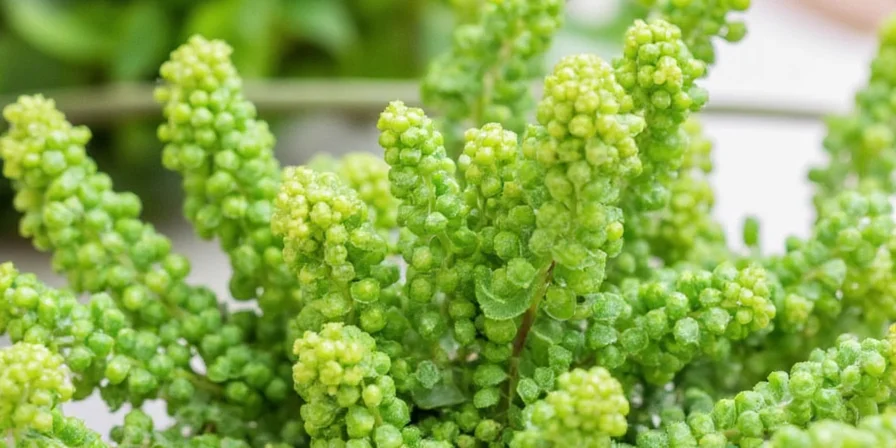

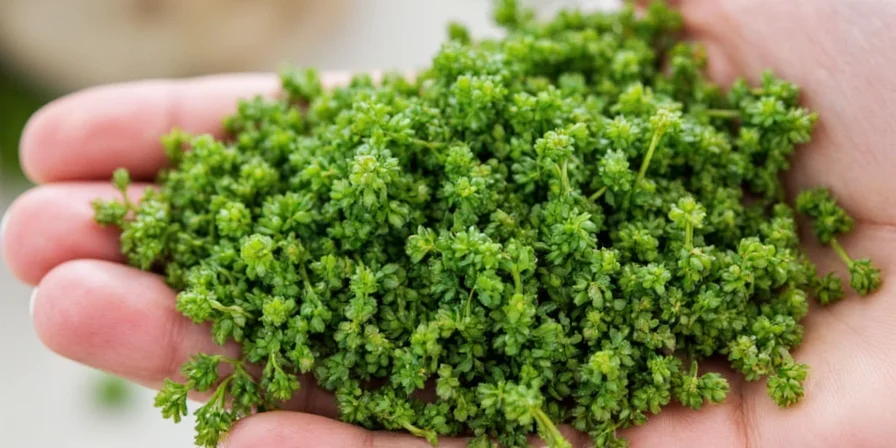









 浙公网安备
33010002000092号
浙公网安备
33010002000092号 浙B2-20120091-4
浙B2-20120091-4